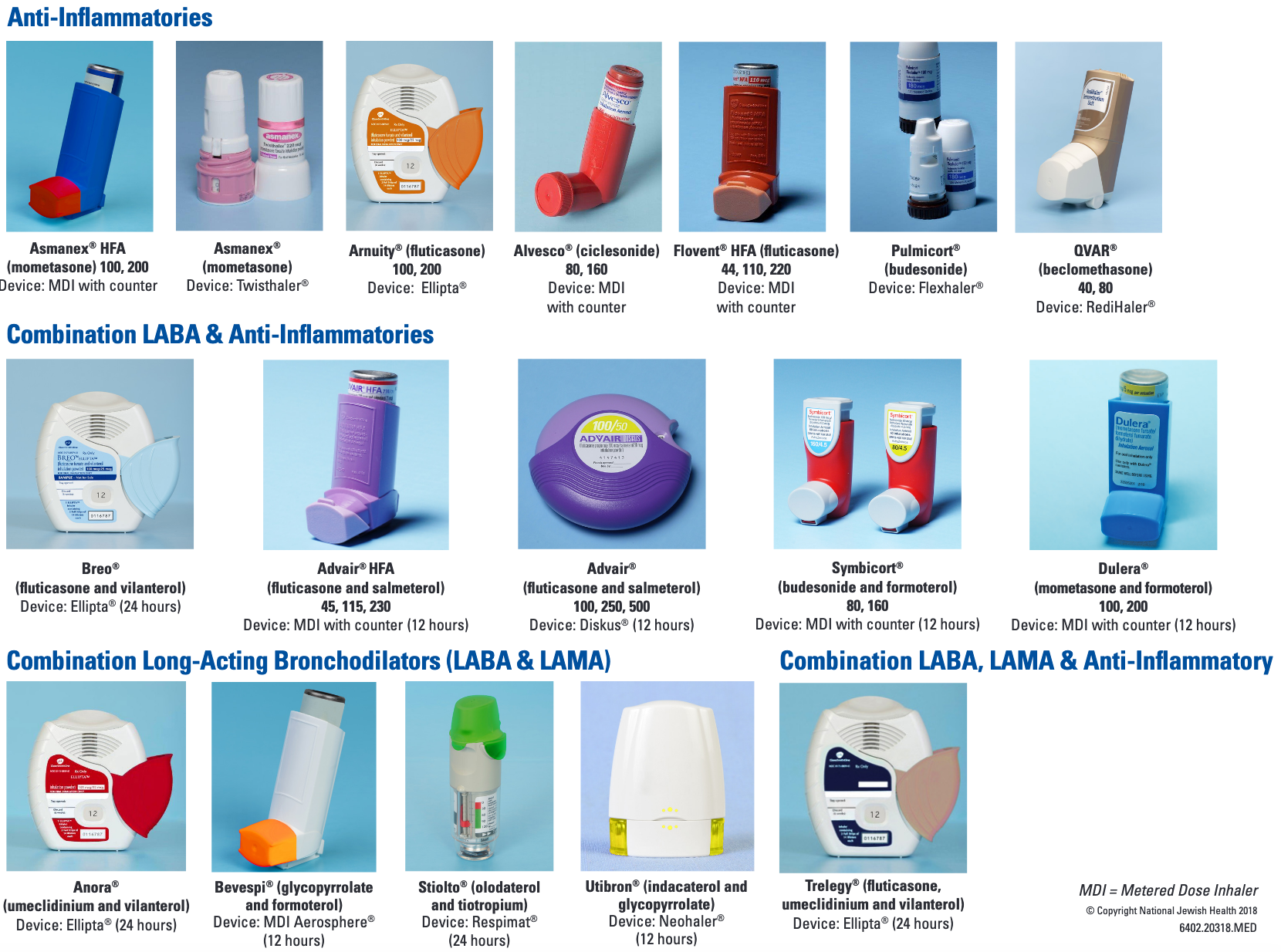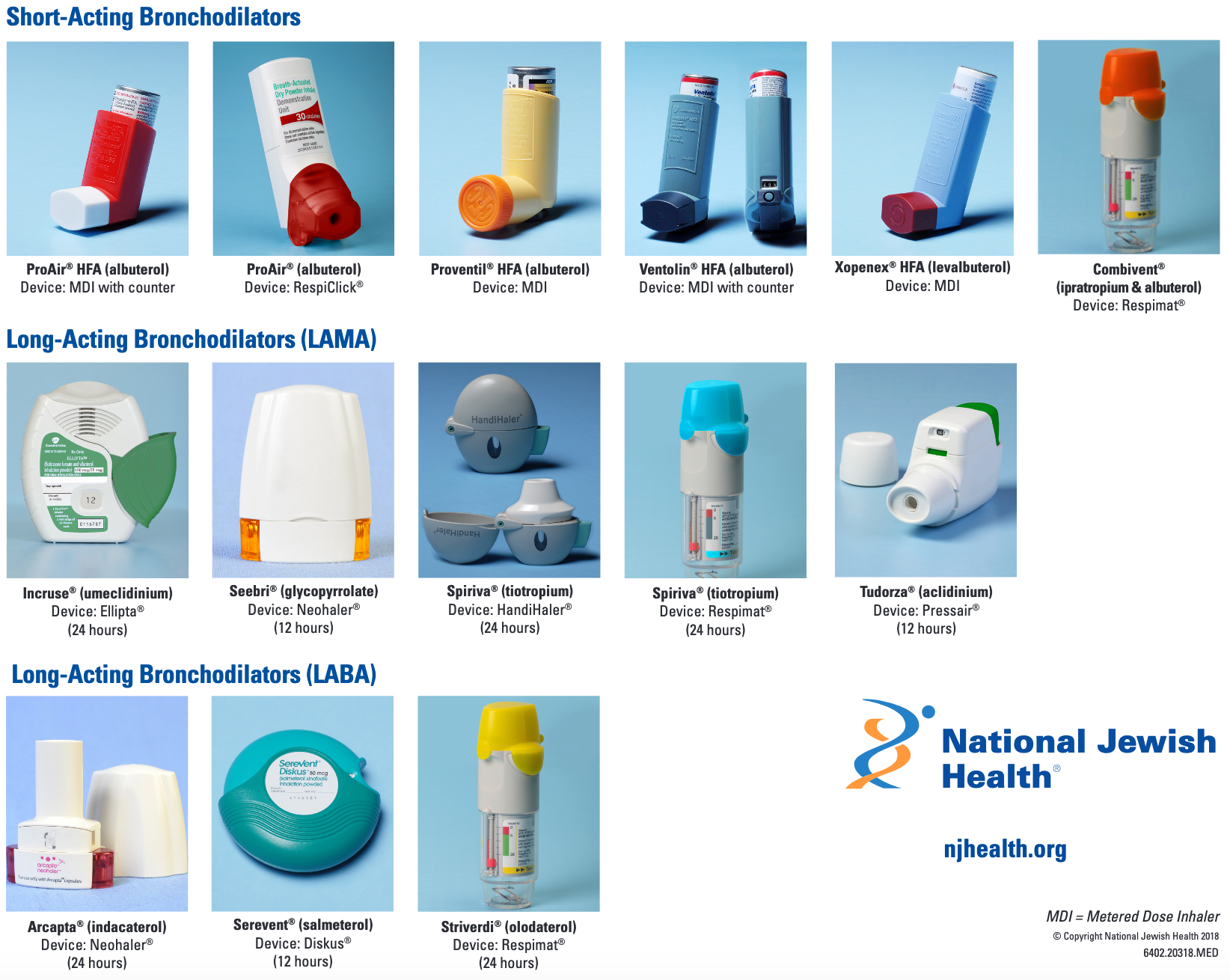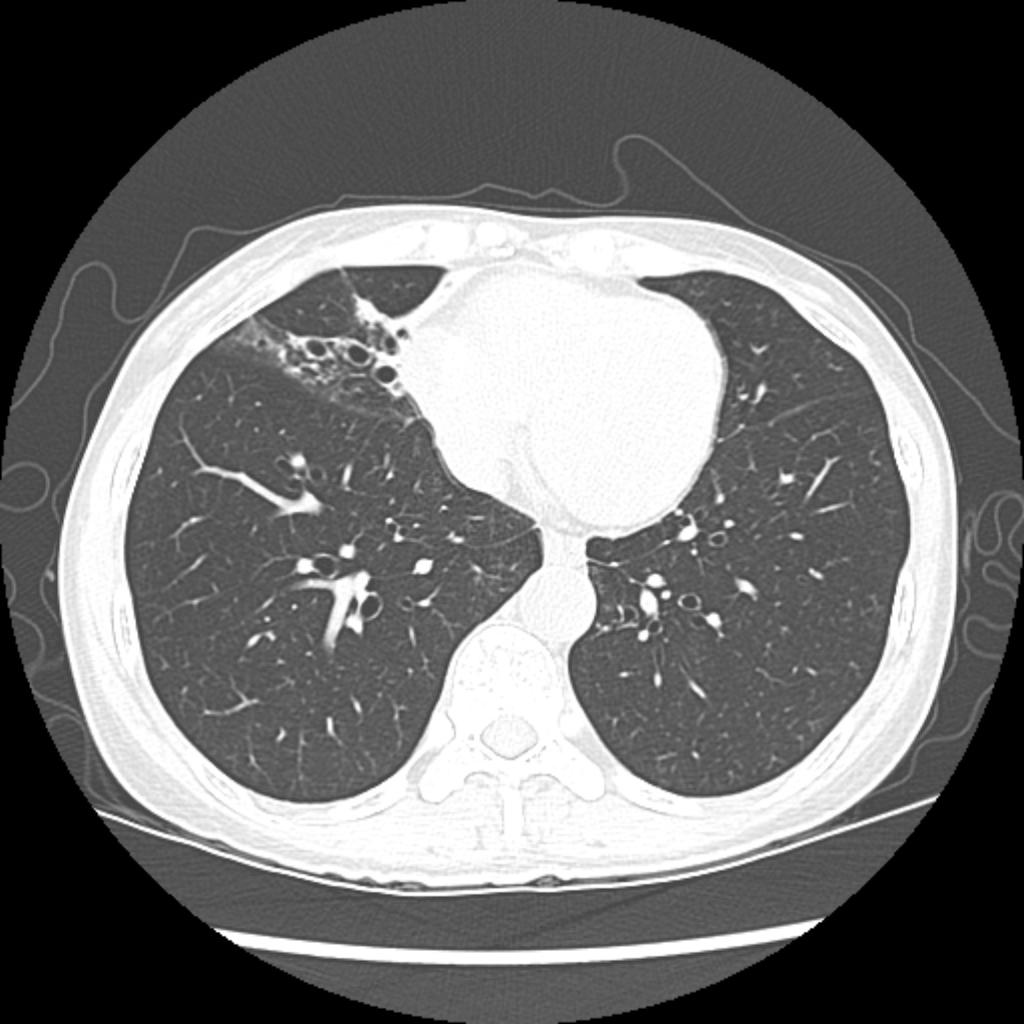Pulmonary #
PFTs #
- Low FEV1/FVC => Obstructive
- Low TLC (usually normal FEV1/FVC) => Restrictive
If TLC is low AND DLCO is low => process intrinsic to lung
If TLC is low AND DLCO is normal => process extrinsic to lung
Bronchodilator reponsive if 200mL and 12% increase in FEV1 or FVC after administration
RV > 120% => air trapping, If TLC > 120% => hyperinflation
Pulm HTN usually have isolated decrease in DLCO with rest of PFTs normal
DLCO can be elevated in diffuse alveolar hemorrhage (RBCs take up CO administered)
The severity of mixed obstructive-restrictive processes is graded by the decrement in the FEV1:
- FEV1 > 80% predicted: mild
- 50% < FEV1 < 80% predicted: moderate
- 30% < FEV1 < 50% predicted: severe
- FEV1 < 30% predicted: very severe
The severity of abnormalities in DLCO can be characterized as follows:
- 65% predicted < DLCO <80% predicted: Mild
- 50% < DLCO < 65% predicted: Moderate
- DLCO < 50% predicted: Severe
Oxygen (O2) #
Survival benefit shown for continuous O2 therapy if resting O2 sat is <88%. Otherwise, no (survival) benefit.
It’s ok to d/c O2 if mild desats and patient is asymptomatic.
Sats in the 80’s are ok, even sustained—so long as remains asymptomatic.
Chronic Cough #
Treatment #
Algorithm:
- Nasal saline irrigation and oral decongestants (PND)
- Anti-reflux meds (GERD)
Budesonide nasal rinse for chronic cough
Domperidone => GI motility agent for non-acidic reflux
Pneumonia (PNA) #
Fever + Cough = PNA If CXR negative, then it’s bronchitis.
Check legionella urinary antigen if hyponatremic.
Pulnomary Hypertension (pHTN) #
Exam findings to look for:
- Loud P2
- CT with pulm artery bigger than aorta
Groups #
- Essential
- PVOD
- idiopathic
- CTD
- HIV
- porto-pulm (cirrhosis)
- anorexogens
- LH failure
- Mital stenosis
- diastolic dysfunction
- CHF
- Hypoxic lung disease
- COPD/emphysema
- OSA
- ILD
- Clots
- can treat with thromboendarterectomy (only few places that actually do this)
- Misc
- Sarcoid
- LAM
Treatment #
General (for all types) #
- O2, nocturnal O2, keep sats >90%
- Diuretics
- Sleep study, treat OSA
- Anticoagulation
- Digoxin
Essential (Group 1) #
- Prostaglandins
- Triprestril SQ, IV
- Epoprosteril
- Iloprosidil (inhaled only)
- PDE-V inhibs - First line
- Sildenafil PO
- Tidalinafil PO
- Endothelian receptor antagonisits (ERAs)
- Ambecartin (no hepatic toxicity)
- Macitentan
- Bosentran
- Guanlat cyclase inhibitors
- Riociguat
Don’t give any of the above for group 2! - Lowers preload = less output = bad Don’t give any of the above for group 3! - Survive on hypoxic vasoconstriction, if you give will open up all the constricted arteries and will behave like shunt physiology and oxygenation will tank = “rich emotional experience”
Basic rule of thumb: No vasodilators with a wedge greater than 18 (some would say 15).
Functional Classes #
- SOB with stairs => monotherapy
- SOB with walking >100 meters => combo therapy, usually ERA + PDE-V inhib, think referral
- SOB with walking < 100 meters => Prostanaoids
- SOB at rest => Prostanaoids
Pearls #
- If you suspect pHTN and have left atrial enlargement and left ventricular hypertrophy → 94% confidence it’s type 2 (i.e. LH failure)
COPD #
>40yo smokers with FEV1/FVC < 0.7
Quick and dirty assessment of GOLD stage: “Can you keep up with people your age?”
- If yes => GOLD A or B
- If no => GOLD C or D
| FEV1 | Severity | Treatment |
|---|---|---|
| ≥80% | Mild | SABA or LABA |
| 50-80% | Moderate | LABA + LAMA |
| 30-50% | Severe | LABA + LAMA + ICS |
| <30% | Very Severe | LABA + LAMA + ⇈ICS |
Target 88-92% stats.
Meds #
LABAs: - Salmeterol - Arformoterol - Fonoterol LAMAs: - Tiotroprium - Adidinim ICSs: - Budesonide - Mometasone - Fluticasone


Link to NJ site with videos on how to use inhalers
Inhaler Equivalence/Conversions #
| Inhaler | Low ICS | Med ICS | High ICS |
|---|---|---|---|
| Advair HFA | 45/21 2 puffs BID | 115/21 2 puffs BID | 230/21 2 puffs BID |
| AirDuo Respiclick | 55/14 2 puffs BID | 113/14 2 puffs BID | 232/14 2 puffs BID |
| Advair Diskus | 100/50 1 puff BID | 250/50 1 puff BID | 500/50 1 puff BID |
| Wixela Inhub | 100/50 1 puff BID | 250/50 1 puff BID | 500/50 1 puff BID |
| Symbicort HFA | 80/4.5 2 puffs BID | 160/4.5 2 puffs BID | - |
| Dulera HFA | - | 100/5 2 puffs BID | 200/5 2 puffs BID |
| Breo Ellipta | - | 100/25 1 puff qHS | 200/25 1 puff qHS |
Asthma #
Childhood disease
Eval with the Asthma Control Test (ACT) (Printout)
Treatment Apprach #
- SABA
- SABA + ICS
- SABA + ↑ICS + LABA
- SABA + ↑↑ICS + LABA + biologic/oral steroids
“Asthma Plus” Diseases #
- PCH
- EGPA → Churg Straus
- Eosinophilic PNA
- Loffer’s syndrome
- Vasculitis
Sleep Apnea #
Overdiagnosed.
Ask about:
- Fatigue
- HA
- Cognition
- Memory
ILD #
Presentation: DOE/SOB ± dry hacking cough. Insidious, slow onset.
Ask about difficulty breathing when using accessory muscles for other things (i.e. drying hair, curling hair, etc.)
Workup #
- PFTs → restrictive
- ↑FEV1/FVC (although can be normal)
- ↓TLC
- ↓DLCO
- CXR → High res CT
General Categories #
- Smoking related
- Spectrum of diseases
- DIP, RBILD
- Steroid responsive
- Sarcoid
- Hypersensivity
- Eosinophilic PNA
- Organizing PNA (COP/BOOP)
- Usually presents after a couple failed abx trials for CAP
- Connective tissue related
- RA, SLE, MCTD
- Polymyositis, dermatomyositis
- Exposure related
- Berrylliosis, silicosis, asbestosis, coal, vaping
General Treatment #
- Pulm consult/referral
- Remove exposure
- ± ‘roids
- ± bronchodilators
- Immunizations: Pneumo 23, flu; if >65 give Pneumo 13 too
- Transplant
UIP #
Patient: 70-80yo M, autoimmune pitcure No ground glass on CT/CXR, upper lobe disease “Velcro” crackles at bases
NSIP #
Patient: 40yo F, autoimmune picture with dry cough and SOB Lower lobe symmetric ground glass
Infections #
Lady Windermere #
Patient: thin young F w/o smoking history
Imaging: Right middle lobe and lingular bronchiectasis
 Caused by mycobacterium (MAC bugs)
Caused by mycobacterium (MAC bugs)
Pneumotoxic Drugs #
Pulmonary Nodules #
A doubling time of 30-300 days is concerning.
Pleural Effusions #
Tip: Measurement in mm x 20 = estimation of volume of effusion fluid
Light’s Criteria (one true => exudate):
- Fluid/Serum protein ratio > 0.5
- Fluid/Serum LDH ratio > 0.6
- Fluid LDH > 0.67 upper limit of normal serum LDH
Last two of Light’s are highly correlated. Criteria more sensitive than specific. Two alternatives from meta analysis that don’t require serum measurements (Link, Paper):
Two-Test Rule (one true => exudate):
- Fluid cholesterol > 45 mg/dL
- Fluid LDH > 0.45 x upper limit of lab’s normal serum LDH
Three-Test Rule (one true => exudate):
- Fluid protein > 2.9 g/dL (29 g/L)
- Fluid cholesterol > 45 mg/dL (1.165 mmol/L)
- Fluid LDH > 0.45 x upper limit of lab’s normal serum LDH
Exudates #
Virtually any disease in any part of the body can cause one…
Causes:
- Infection
- Malignancy
- Immune responses
- Lymphatic abnormalities
- Noninfectious inflammation
- Iatrogenic causes
- …
Transudates #
Imbalances in hydrostatic and oncotic pressures in the chest.
Causes:
- CHF
- Nephrotic syndrome (usually bilateral)
- Peritoneal dialysis
- Hypoalbuminemia
- Atelectasis (increased intrapleural negative pressure)
- Urinothorax (ipsalateral obstructive uropathy), pH <7.40
Pearls #
- Sats above 80 are OK! As long as normal WOB, mentating normally.
- pH ok if >7.2, with permissive hypercarbia